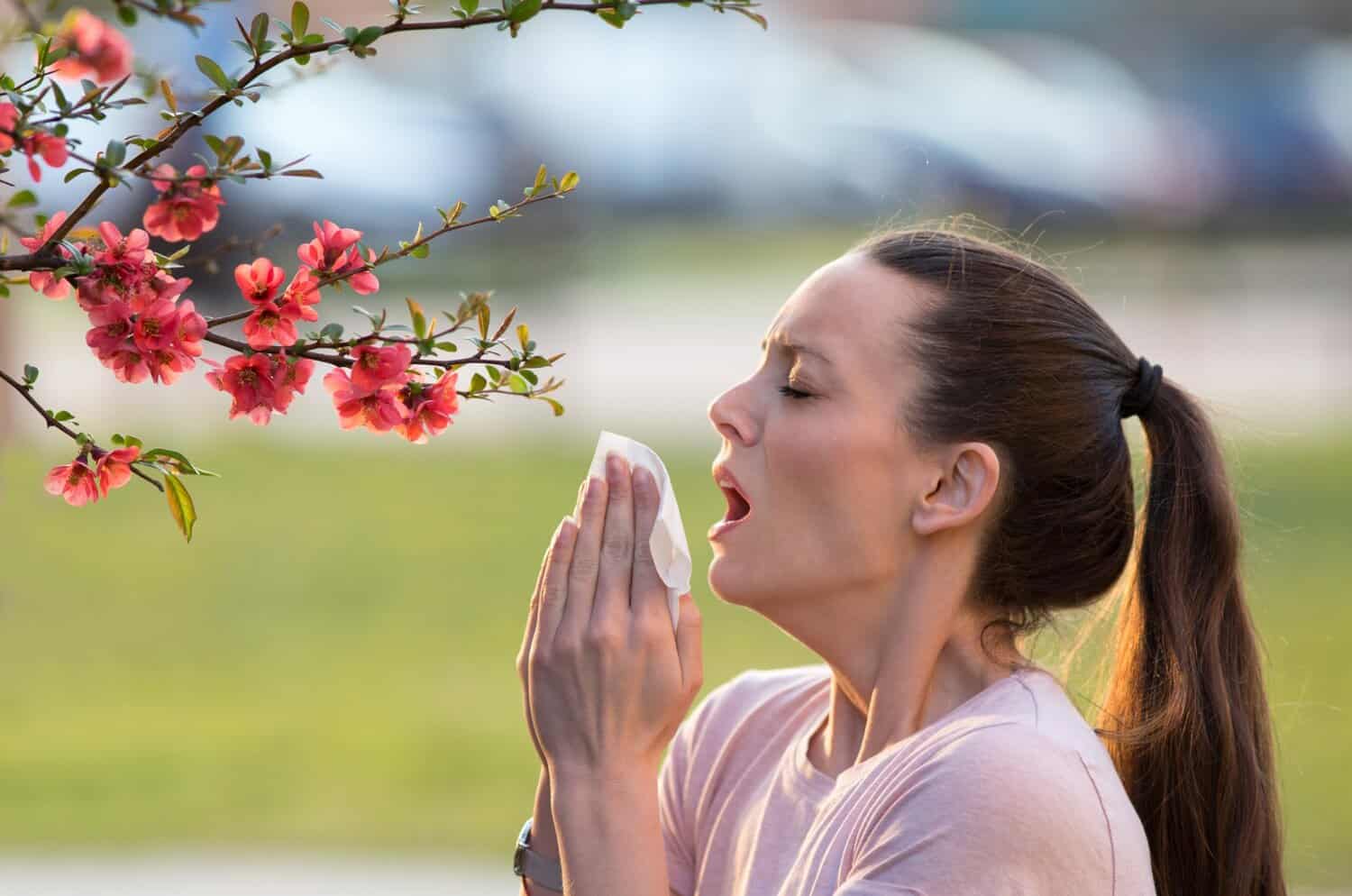A- A – A-Choo!
Has your child had a runny nose for what seems like months on end? Do they often have red or itchy eyes or complain of a sore throat in the mornings that improves throughout the day? You’ve likely guessed it–it’s seasonal allergies! Also known as hay fever, seasonal allergies are usually triggered by pollen from trees, grass, or weeds circulating in the air. They cause a release of histamines in the body, leading to an array of symptoms.
Signs and symptoms can include:
- Runny nose and cough
- Sneezing
- Nasal congestion
- Itchy or watery eyes
- Itchy or sore throat
- Red eyes
- Darkening below the eyes (known as allergic shiners)
Even if you are not sure what the specific allergen is, a simple way to reduce symptoms is to minimize exposure by avoiding time outside when pollen counts are high. When that’s not possible, an often forgotten step to reducing symptoms is cleaning surfaces that have been exposed. This includes washing the face, especially around the eyes and nose, changing into clean clothing, and switching out bedsheets and pillow cases frequently.
There are a number of over-the-counter treatments for reducing allergy symptoms if exposure cannot be avoided. Nasal steroid sprays like Flonase and Nasacort, and oral antihistamines like cetirizine and loratadine are safe for use in kids over two years old. Antihistamine eye drops and daily nasal saline rinses can also help reduce symptoms. Discuss proper dosing for children with your doctor.
When over-the-counter medications have been maximized but there are persistent symptoms, it can be beneficial to perform allergy testing and start a discussion for immunotherapy, where small amounts of the offending allergen are given on a regular basis to allow the body to become sensitized and therefore reduce histamine release with exposures in the future. At Lantana Pediatrics, we are now offering testing for environmental and food allergies. If interested, call to schedule an appointment!







